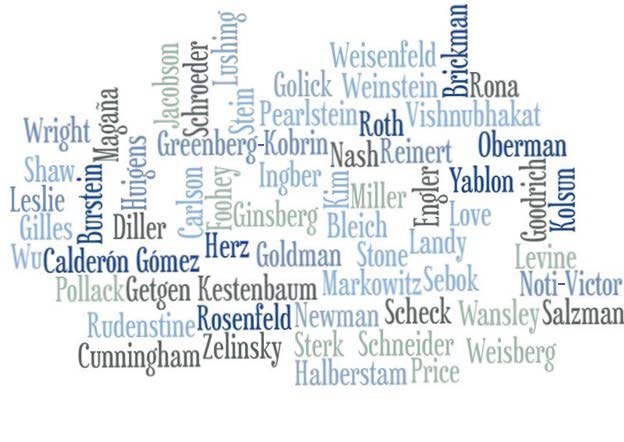Publication Date
1-2021
Journal
Boston University Law Review
Abstract
In 2013, four Supreme Court Justices dissented from the decision in Comcast Corp. v. Behrend, which established heightened requirements for the certification of damages class actions. In a seemingly offhanded footnote, these dissenters observed that district courts could avoid the individualized inquiries that increasingly doom damages classes by certifying a class under Federal Rule of Civil Procedure 23(c)(4) on liability issues only and "leaving individual damages calculations to subsequent proceedings." The dissenters were onto something big. In fact, the issue class and follow-on damages model has broad potential to restore the efficacy of aggregate litigation across several substantive areas after decades of judicial hostility. This Article offers a bold and original vision for the issue class procedure, one that promises scale efficiency while sidestepping the doctrinal land mines that dot the class action landscape. It is a vision rooted in sober pragmatism and an account of the economic incentives confronting entrepreneurial law firms as they consider investing in aggregate litigation.
Volume
101
First Page
133
Publisher
Boston University School of Law
Keywords
class actions, MDL, issue class actions, ascertainability, arbitration, Comcast, reliance, mass torts
Disciplines
Law
Recommended Citation
Myriam E. Gilles & Gary Friedman,
The Issue Class Revolution,
101
B.U. L. Rev.
133
(2021).
https://larc.cardozo.yu.edu/faculty-articles/764


